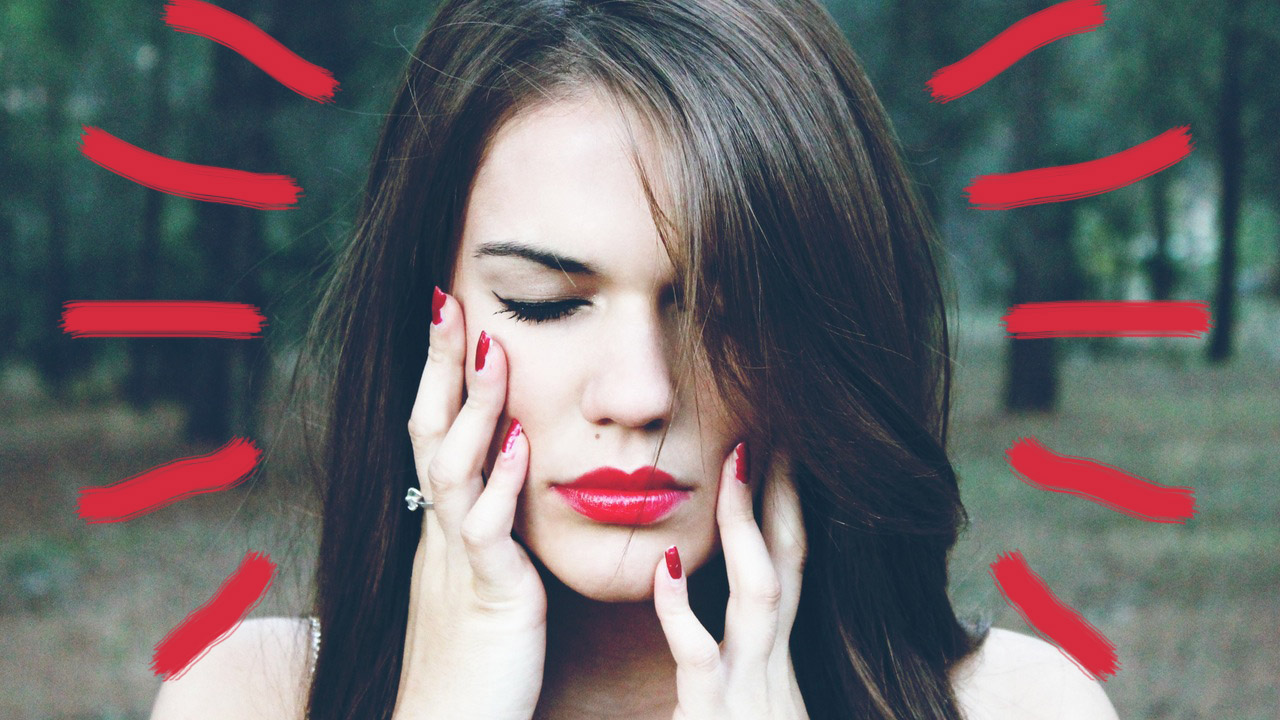 Via Pexels, edited by Kaitlyn Thompson
Via Pexels, edited by Kaitlyn Thompson
Adult acne is a skin condition older women hope not to have. However, according to a study of 2895 women from Massachusetts General Hospital, “45% of women aged 21–30, 26% aged 31–40, and 12% aged 41–50 had clinical acne."
The researchers found that more than a quarter of the women studied had acne that peaked in their teens but continued until their 50s.
What causes this older age acne and where does a woman begin to treat it?
The reasons for the rise in adult acne in women is probably multi-factorial, indicated Dr. Bethanee Jean Schlosser, assistant professor of dermatology at Northwestern University's Feinberg School of Medicine, to ABCnews.com.
“But one significant factor is the role hormones play," she said. As women age, their levels of androgens [the male hormone that is present in both men and women] rise.”
Schlosser suggested that women with adult acne have hormone testing particularly if they have excess body hair, deepening of their voice or irregular menstrual periods.
For hormone-related acne, medications such as birth control pills or spironolactone which decreases androgen (testosterone) production, may be prescribed and monitored by a doctor for side effects.
Though this has not been proven, some feel that diet may play a role in adult acne. Some studies have shown that consuming dairy products contribute to acne, according to About.com and the New York Times.
A women who was on spironolactone told the New York Times that she felt her skin broke out less before her period after cutting out sugar and wheat in her diet. She reported she no longer needed to take the medication.
Dr. Joshua Zeichner, director of cosmetic and clinical research in the dermatology department at Mount Sinai Medical Center in New York, told the New York Times that hormones can cause an overstimulation of the oil glands so more sebum is released.
He states that aging skin is drier partly due to the effects of sun exposure so when it comes to treatment, “less can be more, especially when it comes to adult acne.”
Zeichner suggested only using lower percents of benzoyl peroxide, saying that 2.5 percent is just as effective as 5 or 10 percent, but it causes less stinging, burning and over drying.
About.com also said that products that were used when you were a teenager won’t work for adult acne. They recommended first using a medicated cleanser with benzoyl peroxide or salicylic acid. Second, very gently exfoliate with a salicyclic acid cleanser. Do not rub too hard nor exfoliate more than two to three times a week.
There are many good over-the-counter products worth trying but if you don’t get results, then contact a dermatologist to evaluate your skin, Dr. Schosser pointed out.
A dermatologist will help you decide which other products or procedures you could move on to. Some of them will be discussed in my next article about adult acne in women.
Source:
Alexis C . et al. Acne Vulgaris in Women: Prevalence Across the Life Span. Journal of Women's Health. February 2012, 21(2): 223-230. doi:10.1089/jwh.2010.2722. Abstract at
http://www.ncbi.nlm.nih.gov/pubmed/22171979
Adult Acne on Rise as Women Age and Hormones Kick In.
http://abcnews.go.com/Health/adult-acne-rise-women-age-dermatologists/st...
8 Adult Acne Facts (Plus, How to Treat it). One in 5 women between 25 & 40 suffer from acne.
http://beauty.about.com/od/skinflaws/a/adultacne.htm
SKIN DEEP: When ‘Younger’ Skin Is Not a Blessing
http://www.nytimes.com/2012/05/17/fashion/adult-women-battle-acne.html
Michele is an R.N. freelance writer with a special interest in woman’s healthcare and quality of care issues. Other articles by Michele are at www.helium.com/users/487540/show_articles
Edited by Jody Smith
Read more in Your Ultimate Guide to Beautiful Skin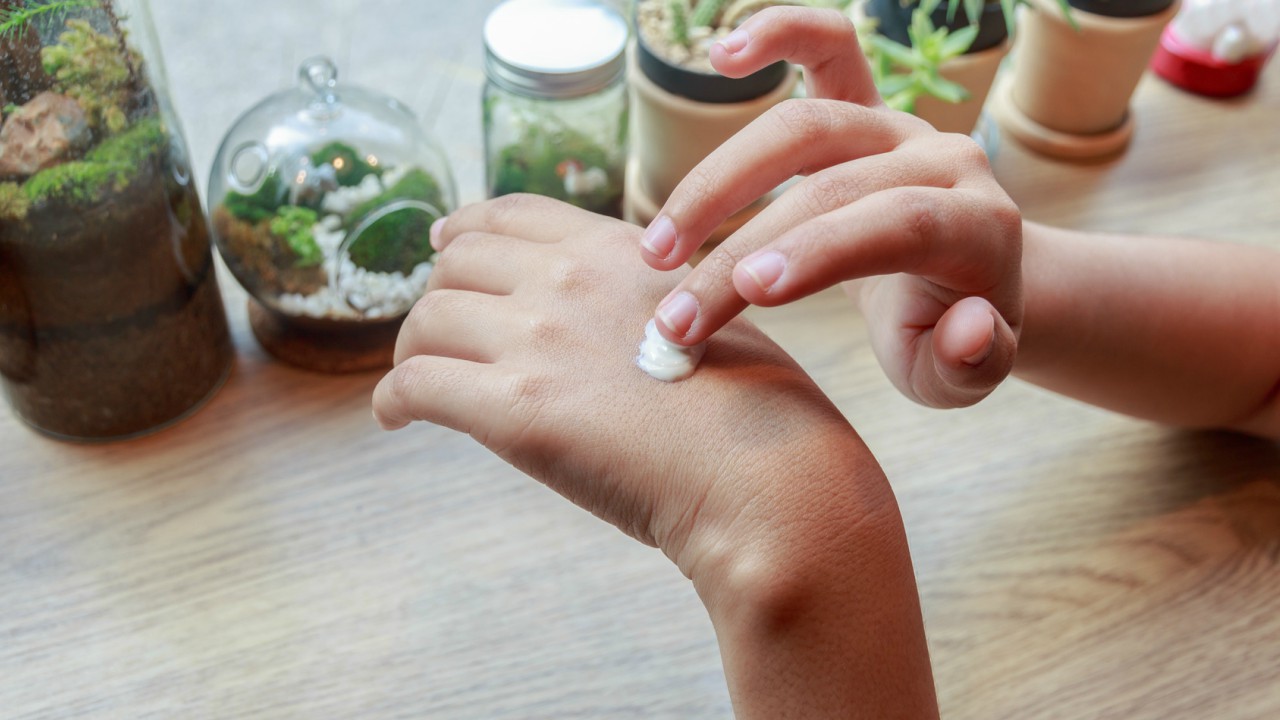
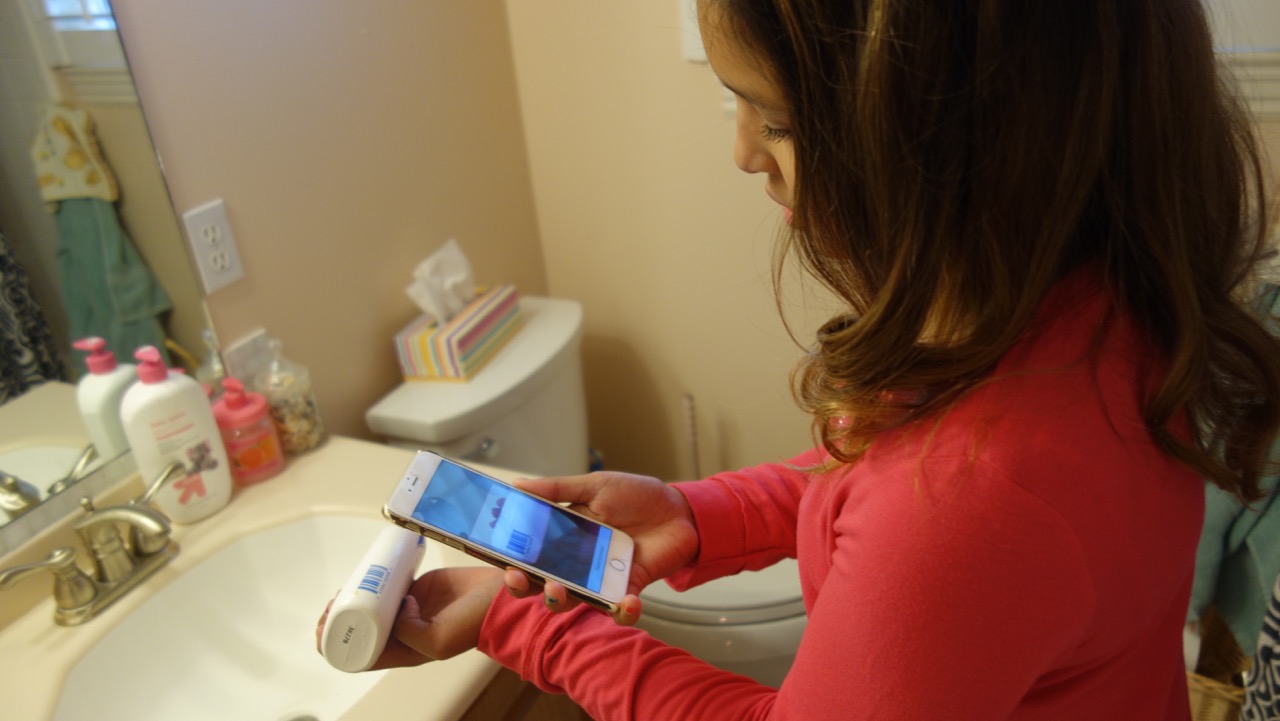
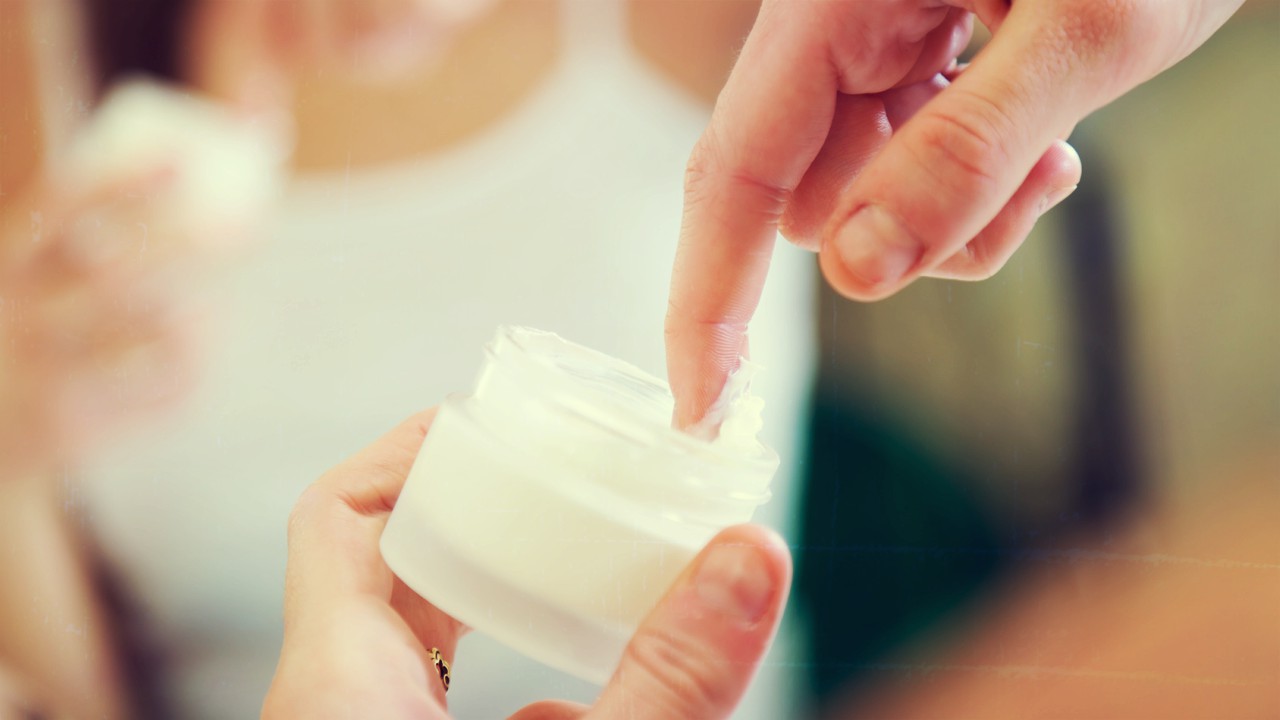
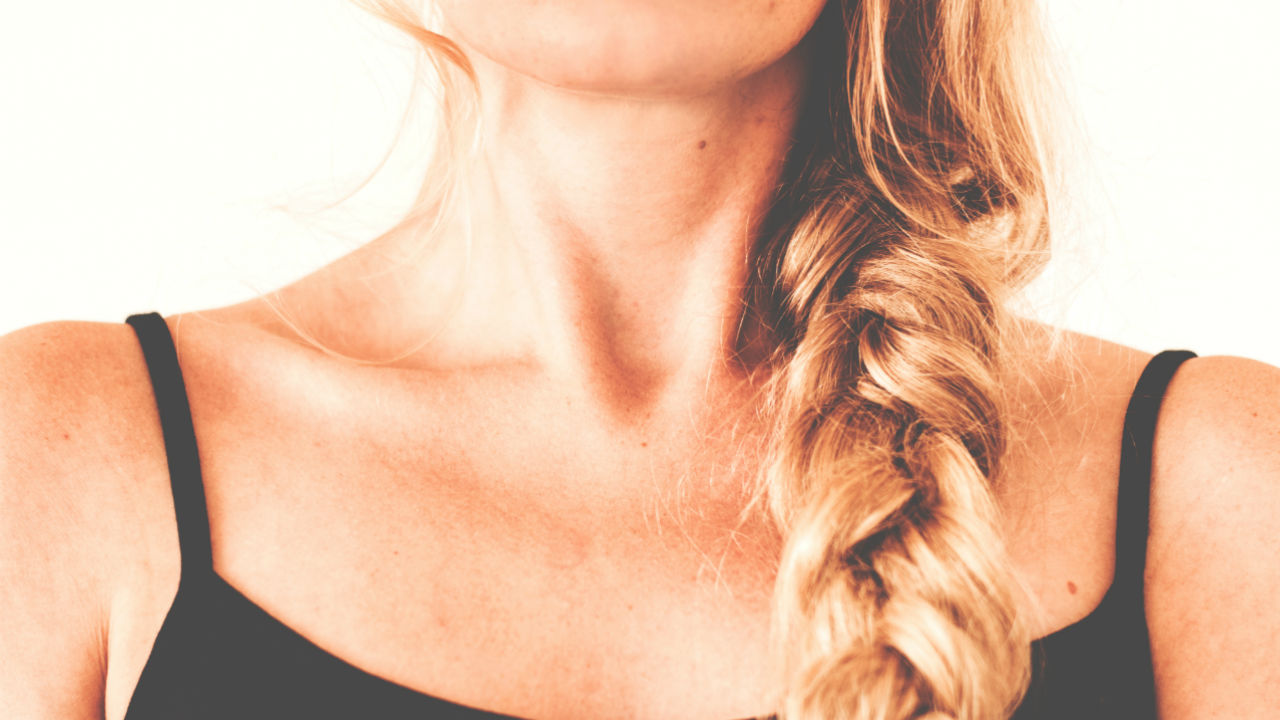
Add a Comment3 Comments
Adult acne in women is caused during pregnancy, perimenopause, and menopause. Some medications, such as corticosteroids, and cosmetics can also contribute to the development of acne.
November 10, 2013 - 10:55pmTO prevent it wash your face twice daily with the cleanser, if your skin is dry, try using water the second time. Use only warm water (hot water is drying). Wash for just 1-2 minutes (more can irritate your skin). And use your hands instead of a rough washcloth. (If you must wash with a cloth, choose one made for babies, so it’s as soft as possible.)
This Comment
Hi Anon,
A discussion about Rosacea would require a separate full article in itself. Rosacea is not adult acne. It is an inflammatory conditions that may appear like acne but it is not the same. It is a very frustrating condition to have.
You can read more about Rosacea here at
https://www.empowher.com/media/reference/skin-disorders-center-rosacea
Thanks for commenting
November 21, 2012 - 8:00amThis Comment
The article didn't even MENTION rosacea???????
November 21, 2012 - 7:22amThis Comment